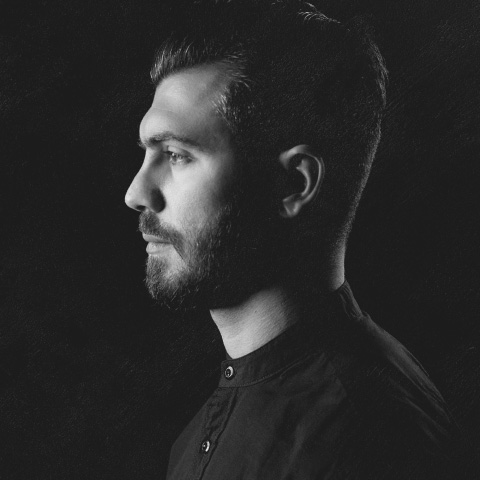With such an exciting year for UX designers, what can we hope for heading into 2018?
A tectonic shift. Here’s why:
When we think of UX designers, it’s almost always someone responsible for the design of apps and websites. The screen is their medium.
UX might seem like a new thing (the term was invented only a few decades ago), but the design of experiences has been a part of every day life long before the digital age. It isn’t bound to a single medium. Nor is designing for them.
Rather, experiences are spatial or time-based compositions that engage the senses, attention, emotions or perceptions. Limiting what we consider to be an “experience” to only what we see on a screen is, at a minimum, undermining what it means to be human — our experiences extend beyond what we see on our devices.
2018 has the potential to be the year that UX designers break from screens as the medium of their craft — creating experiences that go beyond making something “user-friendly” or “easy to use,” because there’s more to an experience than just usability.
“But how?” You might ask.
With the array of emerging technologies like voice, AI, AR and connected devices, UX designers are now armed, more than ever, to prescribe more interactions with our environments, and less with devices that take us away from them; to afford us access to the data, information, and benefits of the connected world outside of the screen in our hands.
We can use these new technological possibilities to design meaningful experiences in 2018, the way other sensory experiences like art, film, music and architecture have done for us throughout human history — raise our spirits, improve our well-being and bring us closer together.

